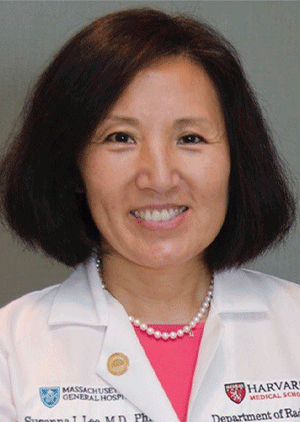RSNA's Bold Stake in the Future of Medical Publishing
Radiology Advances will enable researchers to spread their knowledge faster and with broader reach

Radiology Advances is RSNA’s first journal dedicated solely to open access articles and is published in association with Oxford University Press. Following peer review and editorial curation, the journal’s content is immediately made publicly available online. Its mission is to “improve patient health and outcomes through timely and open dissemination of new knowledge in radiology and the imaging sciences.” I am fortunate to have the opportunity to be its inaugural editor.
Why should open access matter in health care? My insight on this came with the pandemic. Within a month after the first deaths were reported the genetic information about the SARS-CoV-2 virus was shared by Chinese scientists on an open-access platform called virological.org enabling scientists worldwide to initiate vaccine development immediately. Within a year, several companies received emergency use authorization for their vaccines, saving many millions of lives. This accelerated timeline was possible because of unprecedented sharing of discoveries in journals and preprint servers where COVID-related research was made rapidly and freely available.
The speed and extent to which new knowledge spreads can determine whether science improves health care. Open access articles garner a broader readership, gathering more page views, downloads and citations compared to analogous subscription-based publications.
As a physician scientist and abdominal radiologist with research expertise in oncogenes and molecular cancer therapeutics, I believe that science is an essential pillar of modern medicine and that meaningful advances are possible only through multidisciplinary collaborations. Individual breakthroughs are usually incremental, building on past research and representing the next step in a decades-long path toward better medicine. Within this collective process-oriented view of science, journals are central to determining the speed and direction of progress.
The open access publication movement advocates free and unrestricted availability of knowledge gained from scholarly research. Although perceived as somewhat utopian when initially proposed over 25 years ago, the idea has steadily gained traction. In 2017, the percentage of new scientific literature published open access surpassed 50% and has continued to grow.
How has such free distribution of valuable information been fiscally feasible? With open access, the cost for this is born primarily by researchers and sponsors, partly in the form of article processing charges. Public funding agencies (e.g. National Institutes of Health in the United States, European Union’s Horizon 2020, World Health Organization) endorse this economic model and now mandate open access publishing of the research they support. Read and publish agreements between publishers and academic institutions, where an author at the affiliated institution can publish their work in the publisher’s open access journal with the article processing charge waived, are becoming widely available.
Consequently, Radiology Advances is RSNA’s investment in the future of medical publishing. We’ve come to expect no less from a society known for its strategic and comprehensive long-term planning. The journal’s first editorial board is composed of talented physician scientists each highly accomplished in their respective subspecialties. They are all forward thinking, creative and internationally engaged.
With Radiology Advances, RSNA has selected the correct moment and assembled the necessary elements for a successful venture into open access publishing. However, it’s the community of radiologists and imaging scientists that will ultimately decide its fate. I hope you will all come along with us for the ride and find the adventure worthwhile.